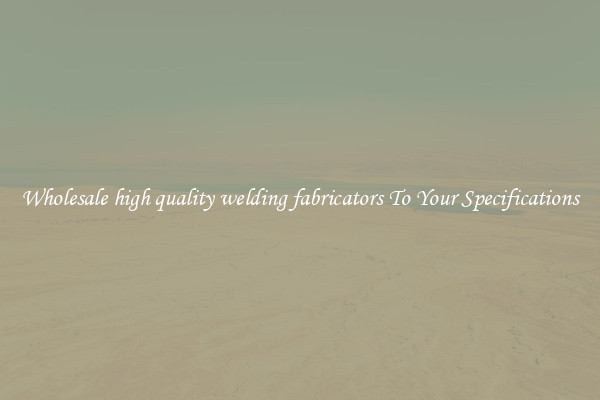Efficient wolfram welding For Extreme Precision
Wolfram welding, also known as tungsten inert gas welding, is a precision welding technique that is commonly used in industries where extreme precision is required. In wolfram welding, a non-consumable tungsten electrode is used to create the weld. This allows for very precise control over the welding process, making it ideal for applications that require accuracy and exactness.

One of the key advantages of wolfram welding is its ability to produce high-quality welds with minimal distortion. This is particularly important in industries such as aerospace, automotive, and electronics, where even the smallest imperfection can have significant consequences. The precise control offered by wolfram welding allows for the creation of clean, strong welds that meet the tight tolerances required in these industries.
Efficiency is another key benefit of wolfram welding. The process is highly versatile and can be used on a wide range of materials, including aluminum, stainless steel, and titanium. This means that manufacturers can use the same welding process for a variety of components, reducing the need for multiple welding techniques and equipment.
In addition to its precision and efficiency, wolfram welding is also known for its ability to produce welds with excellent mechanical properties. The welds created using this technique are typically very strong and durable, with excellent resistance to corrosion and fatigue. This makes wolfram welding ideal for applications where reliability and longevity are critical.
To achieve efficient wolfram welding for extreme precision, it is important to follow some key best practices. First and foremost, operators must be properly trained in the welding process and have a solid understanding of the materials being welded. It is also essential to ensure that the welding equipment is properly calibrated and maintained to achieve consistent results.
In conclusion, wolfram welding is a highly efficient and precise welding technique that is ideal for applications where extreme precision is required. By following best practices and using the right equipment, manufacturers can achieve high-quality welds with minimal distortion and excellent mechanical properties. This makes wolfram welding an indispensable tool for industries that require precision and reliability in their welding processes.

View details

View details

View details

View details








